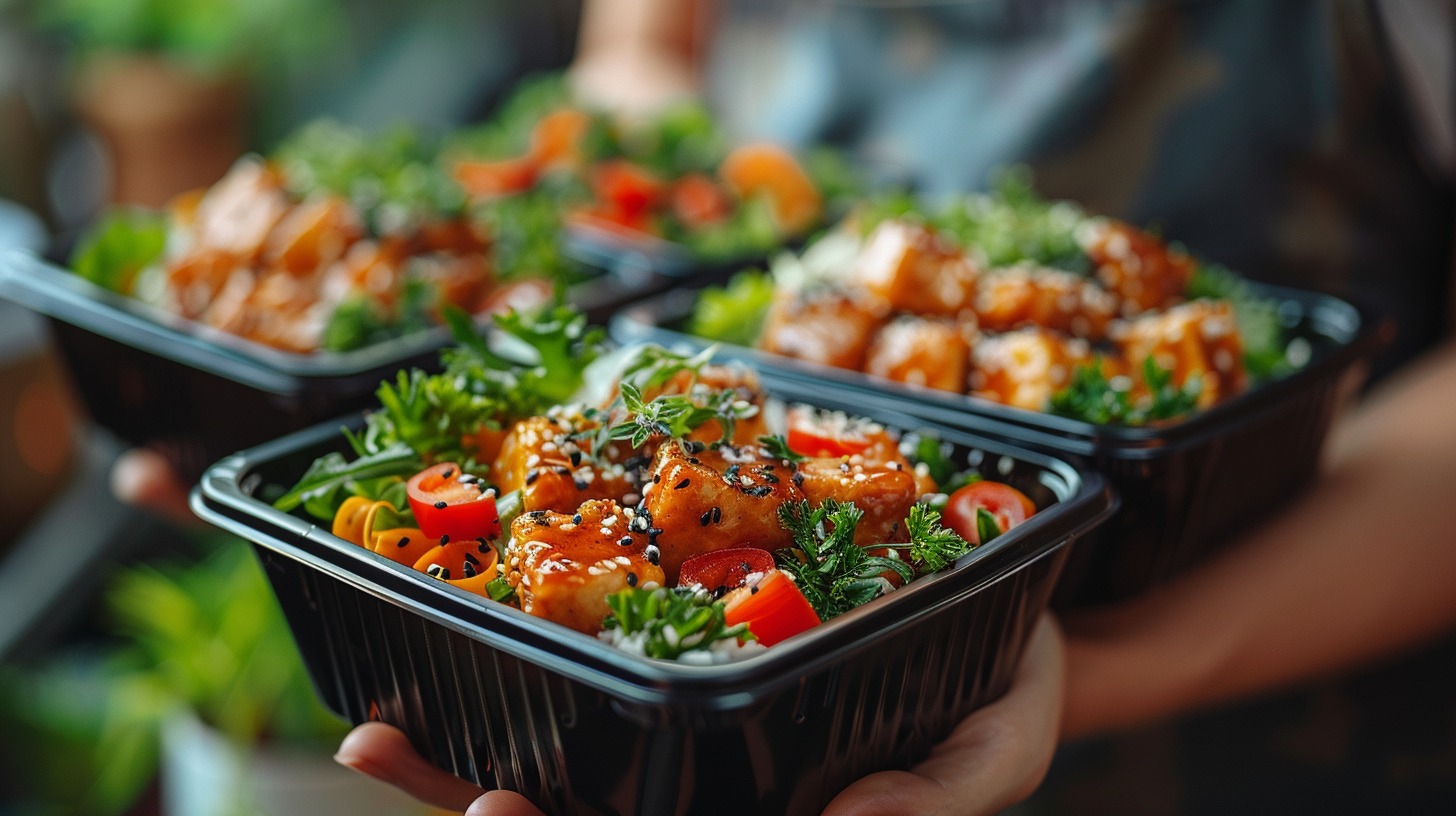
How to organize food delivery from restaurant and cafe
Moving online with food delivery and/or takeaway is a significant step, particularly in the current climate. To assist you in getting started, here’s a straightforward guide to launching your food delivery business.
Choose Your Delivery Strategy
Before diving into food delivery, determine the most effective route to market. Decide whether to deliver orders yourself or partner with a delivery service. Reflect on your pricing strategy, considering that some delivery/pick-up platforms allow for higher menu pricing to offset their commission fees. Aim to incorporate these fees into your prices whenever possible.
Develop Your Menu
Develop a streamlined takeaway/delivery menu. Opting for a smaller, yet profitable, menu is advisable. Select dishes based on popularity and delivery viability. Including simple, yet beloved, dishes can enhance your menu’s appeal. Remember, curating your menu also involves streamlining the ordering process with the necessary tools, equipment, or automation.
Tip: Leverage shelf-stable ingredients that require minimal handling and offer a longer shelf life.
Enhance Your Online Visibility
Establish your presence on Google by setting up your Google My Business account. For businesses managing deliveries independently, consider creating custom links for your Google listing. Use newly introduced delivery and takeout filters on Google Maps to improve visibility.
Publish Your Menu
Proceed to upload your menu to pertinent platforms such as Google, food delivery services, and your own website. Typically, your dishes should be categorized by:
Dish Images: Showcase your most appealing or top-selling items.
Menu Categories: Define categories like Burgers, Vegan, Sandwiches, Pasta, Desserts.
Meal Deals: Offer combos of popular items at a value greater than purchasing them separately.
Establish Essential Equipment and Team

The first step is to gather the necessary equipment for your business, including a commercial kitchen, refrigeration, and storage for food. Additionally, securing a delivery vehicle that can accommodate your orders is crucial.
Next, assemble a skilled team to manage daily operations, which should include a chef, server, delivery driver, and customer service representative.
With the right equipment and team in place, focus on creating a strategic marketing plan to attract customers and grow your business. Finally, setting up an online ordering system is essential, allowing customers to easily place orders and track delivery status.
Promote Your Service
- Now is the ideal time to create your own database and take advantage of complimentary promotions offered by various delivery platforms.
- Implement your loyalty program through your POS system, manage website inquiries and bookings, and utilize guest WiFi to collect customer information.
- Leverage large delivery or restaurant booking platforms that provide access to a broader customer base.
- Use social media to inform your customers that you remain operational and are ready to serve takeaways/deliveries.
- Produce a video to showcase your delivery service, highlighting your team, their expertise, and your culinary offerings.
- Share cooking demonstrations or content that enriches your brand’s identity with your audience.
- Motivate your followers to share their experiences enjoying your dishes on social media, offering discounts on future orders as an incentive.
- Engage with industry and community social media pages to gain insights into broader trends and activities.
Secure Delivery Supplies
Ensure you have ample supplies of take-out containers, utensils, napkins, lids, cups, pizza boxes, condiments, and insulated food delivery bags to fulfill orders without interruption.
Foster Relationships with Food Couriers
Opting for a third-party delivery service means building rapport with the couriers who frequent your establishment. Achieving swift and efficient delivery is easier when there’s a strong connection between your staff and the couriers, ensuring a smooth transfer of orders and information. Assign a team member each shift to act as the liaison with delivery drivers.



